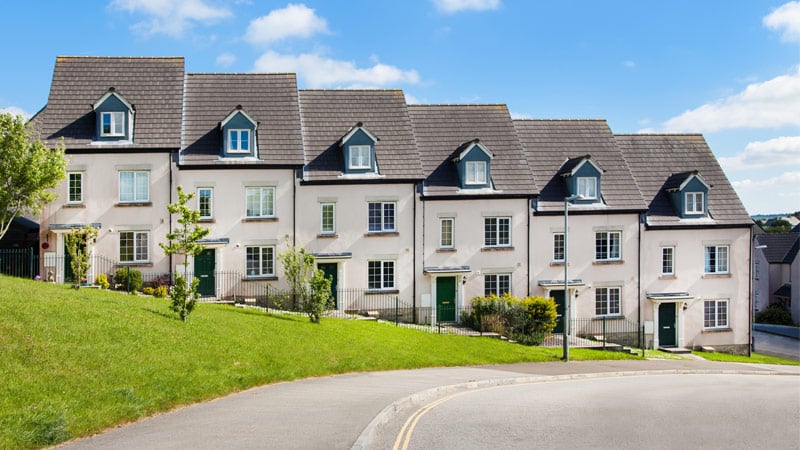The latest England & Wales HPI for Your Move shows average house price in England and Wales is £300,859, an increase of 0.3% since the previous month.

England and Wales saw the first monthly increase in house prices since March, while annual growth continues to weaken.
The latest England & Wales HPI for Your Move shows average house price in England and Wales is £300,859, an increase of 0.3% since the previous month.
In November, average house prices saw a return to growth after several months of slowdown and the average value of a home in England and Wales increased by £818, up 0.3%.
At £300,859 in November, the average price also remains above the £300,000 mark, which it crossed last December.
At 0.9%, annual growth it’s at its lowest since April 2012, but the return to monthly growth may signal the culmination of a turnaround that can be seen since September, when monthly price falls started to slow.
London and the South East remain a pull on the market. Without them, annual price increases are 3.3%, up from 3.2% in October.
Transactions in November 2017 in England & Wales are estimated to be 77,500, marginally up on the same month last year.
The South West now leads price growth in England and Wales, overtaking the North West in the last month, with annual growth of 4.3%.
That’s supported by strong performance in Bristol (up 7.1% annually), Gloucestershire (also up 7.1%), Wiltshire (6.4%) and Torbay (6%).
The Vale of Glamorgan saw the biggest annual increase of any unitary authority, rising by 9.6%. (8.6%) and Caerphilly (8%) have all grown particularly strongly in the last year too.
The North West and West Midlands, both up 3.4%, also continue to prove robust, as does the East Midlands (3.2%) – and Wales, which has moved up the league table of regions to fourth place with 3.3% growth.
The South East continues to see slower growth with prices up just 1.8% in the last year. This includes Bracknell Forest, whose prices had the biggest fall in the last year, down 13.4%.
However, Portsmouth (up 7.6%) and Buckinghamshire (up 7.1%) are two areas in the region that continue to perform well.
Prices in the Greater London area fell 0.6% in October to £586,987, down 3% from a year ago. The key pressure on prices continues to be affordability.
Even in the cheapest 11 boroughs, four have seen prices drop in the last 12 months; and in the most expensive 11, seven have seen prices rise.
Over August to October 2017, the top three boroughs for price saw the biggest increases in transactions. The City of Westminster, Camden and saw transactions rise by 28% and Kensington and Chelsea were up 23%.
The impact of affordability is also reflected where prices have been dropping most.
The 11 most expensive of London’s 33 boroughs have seen prices fall 5% in the last 12 months; the second 11 are down 2.6%; and the cheapest third have risen 0.2%.
On an annual basis the biggest fall in prices in the capital has been 18.2% in the City of Westminster, which also saw the biggest monthly fall in October, down



